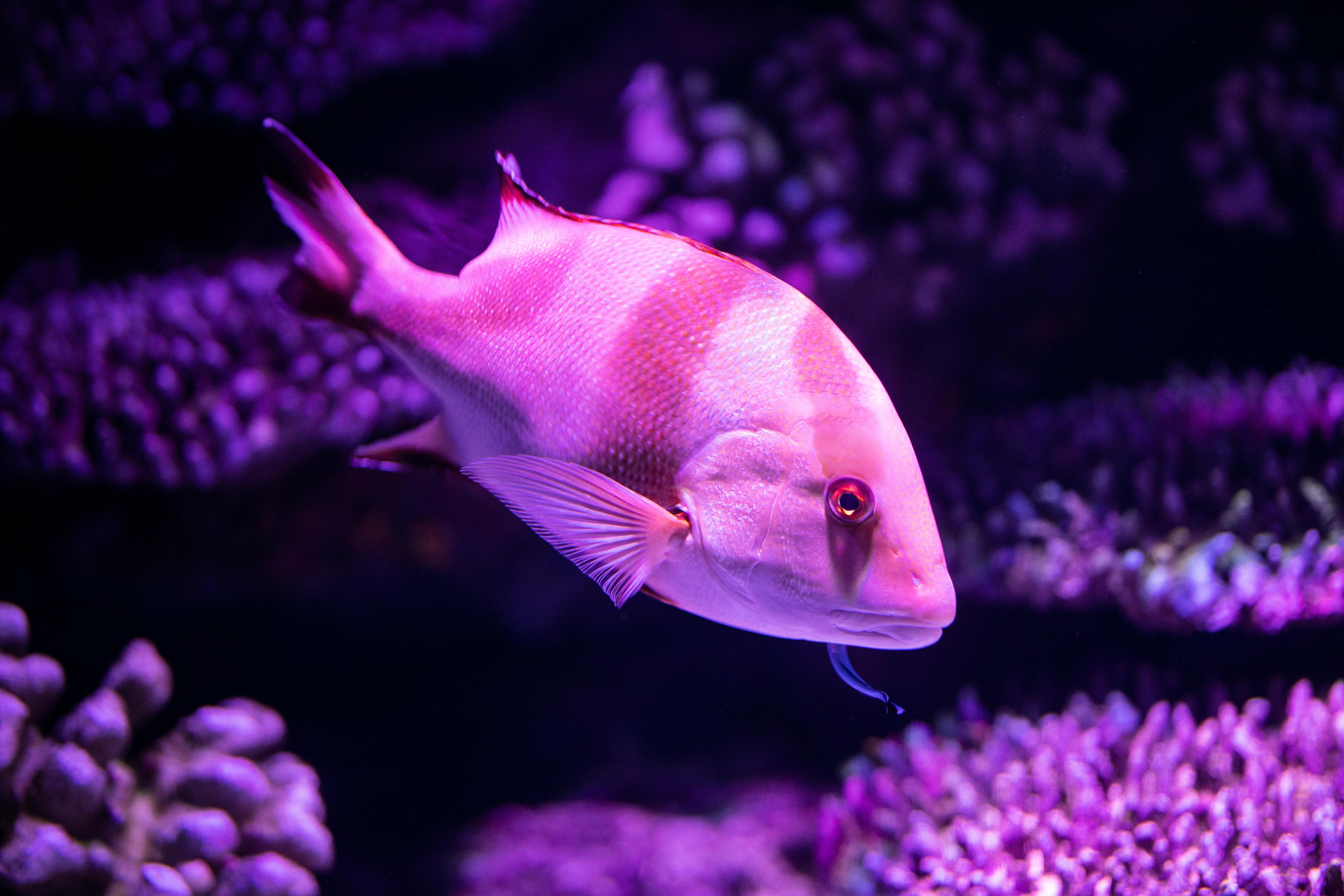
Essential Guide to Choosing Blue and Yellow Fish for Your Aquarium
Choosing the right fish for your aquarium can be both exciting and challenging, especially when considering colorful options such as blue and yellow fish. In 2025, the popularity of vibrant aquarium fish continues to thrive among fish lovers and enthusiasts. This article will guide you through effective ways to select blue and yellow fish that complement your fish tank, from understanding their care needs to compatibility with other species.
We'll explore various types of fish, focusing particularly on popular choices like betta fish, guppy fish, clownfish, and goldfish. Understanding the correct conditions and supplies for your aquarium can lead to thriving aquatic environments. Additionally, we’ll touch on fish care and feeding, ensuring you are well-equipped to maintain a healthy habitat for your colorful companions.
As we navigate this topic, expect insights into fish anatomy and behaviors, breeding strategies, and how to create stunning tank decorations. So let’s dive into the world of aquarium fish and discover the effective ways to choose the perfect blue and yellow fish!
How to Identify Colorful Blue and Yellow Fish Species
When selecting fish for your aquarium, identifying the species based on their colors is vital. Blue and yellow fish come in various species, making it essential to understand their unique characteristics. Betta fish, known for their vibrant colors, can exhibit blue and yellow hues and are suitable for smaller tanks. On the other hand, guppy fish are colorful and playful, making them ideal for community tanks.
The clownfish, often seen in marine tanks, displays bright orange and white patterns. However, some species can have striking blue appearances. Goldfish are another popular freshwater option that can exhibit yellow shades, reflecting their adaptability in varying tank conditions.
Moreover, angelfish are elegant mid to large-sized freshwater fish that often boast brilliant yellow and blue patterns. Exploring the different fish species for their colors can enhance your ability to choose the right varieties for your setup. Pay attention to their physical traits and behavioral tendencies, as these will determine how well they interact with other fish in your tank environment.
Creating the Perfect Fish Environment for Blue and Yellow Fish
Building an optimal habitat is crucial for the health and well-being of your fish. Blue and yellow fish require specific water parameters, including pH levels, temperature, and filtration systems. Freshwater fish such as bettas and guppies thrive in slightly acidic to neutral water conditions, while marine fish like clownfish prefer more saline environments.
Decorations play an essential role in creating both a visually appealing and healthy space. Utilize plants, rocks, and aquatic accessories to provide shelters and hiding spots that mimic natural habitats. Ensure your aquarium has proper filtration systems to maintain clean water and avoid stress to your fish.
Focusing on fish behavior, consider adding companions that share similar schooling behaviors. For instance, guppies tend to thrive in groups, while angelfish can establish territories. Understanding these interactions can help you avoid compatibility issues, enhancing the overall success of your aquarium.
Top Tips for Feeding Blue and Yellow Fish
Feeding your fish properly is essential for their growth and health. Different fish species have unique dietary needs. Betta fish are carnivorous and require high-protein foods, while guppies are more omnivorous and benefit from a varied diet.
Clownfish typically eat algae, zooplankton, and meaty foods, while goldfish require a combination of flakes, pellets, and occasional live food. It's important to vary their diet to ensure they receive the necessary nutrients. Incorporate high-quality fish food that meets their specific dietary needs to promote optimal growth and vitality.
Overfeeding can lead to significant health issues, including water pollution. Maintain a feeding schedule, provide small meals that your fish can consume within a few minutes, and regularly monitor the aquarium for any leftover food. The proper feeding habits can prevent common fish diseases that may arise from poor nutrition.
Successful Breeding of Blue and Yellow Fish Species
Breeding blue and yellow fish can add another layer of excitement to your aquarium hobby. Betta fish are one of the most commonly bred species, known for their vibrant colors and intriguing breeding behaviors. Create a separate breeding tank with appropriate conditions and encourage the males and females to interact.
For guppies, ensure that your tank is large enough to support fry after birth, allowing them to grow in a safe environment. Guppies naturally breed, so be prepared to manage the population and provide care for the young fish.
Understanding the fish reproduction cycle will significantly improve your breeding success. Ensure that you research the specific breeding requirements for each species, including water temperature, breeding triggers, and post-birth care, enhancing your fish keeping experience.
Common Health Issues in Blue and Yellow Fish
Being aware of common health challenges is critical for successful fish maintenance. Blue and yellow fish are susceptible to various diseases, including ich, fin rot, and bacterial infections. Regularly monitoring their behavior and appearance can help you detect issues early on.
Maintaining optimal water conditions is one of the best preventative measures you can take. Test your water regularly for parameters like ammonia, nitrites, and nitrates to ensure your fish remain in a safe environment. Avoid overstocking the tank and ensure proper filtration to reduce stress on your fish.
When introducing new fish, quarantine them for a minimum of two weeks to prevent the potential spread of diseases. Understanding the signs of common fish diseases allows you to act swiftly during treatment and utilize appropriate fish diseases treatment strategies.
Q&A: Your Fish Care Questions Answered
What are the best companions for blue and yellow fish?
Choosing compatible species is crucial for a harmonious aquarium. Community tank fish such as tetras often do well with guppies and angelfish. Ensure all selected species thrive in similar water parameters and have non-aggressive behaviors.
How can I tell if my fish are stressed?
Common signs of stress include excessive hiding, erratic swimming behaviors, and changes in appetite. Maintaining stable water conditions and avoiding overstocking can greatly reduce stress in your fish.
What should I do if I notice signs of illness?
If you observe any signs of illness, isolate affected fish and monitor the remaining tank population. Consult experts or resources on fish diseases treatment for proper guidance on medications and care.
By utilizing these effective methods and understanding the needs of blue and yellow fish, you can create a vibrant and healthy environment for your aquatic pets. Dive deeper into learning about fish species diversity and contribute to sustainable practices within the fish trade.

 Its part of generated content. Can i generate another part?
Its part of generated content. Can i generate another part?